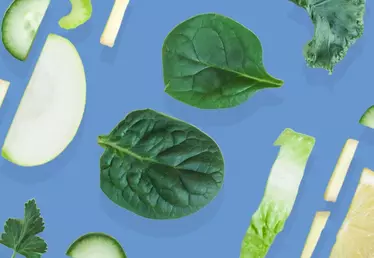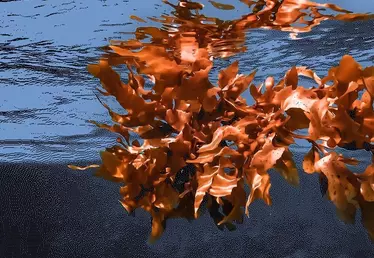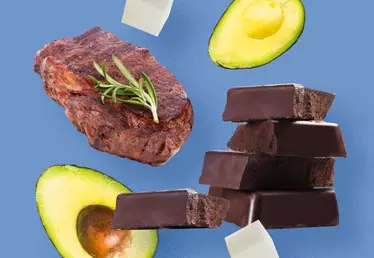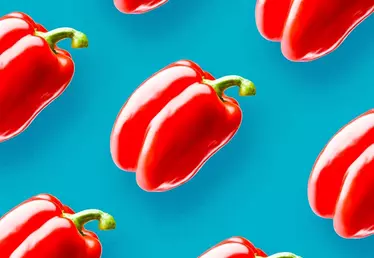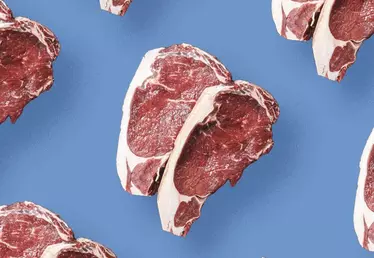
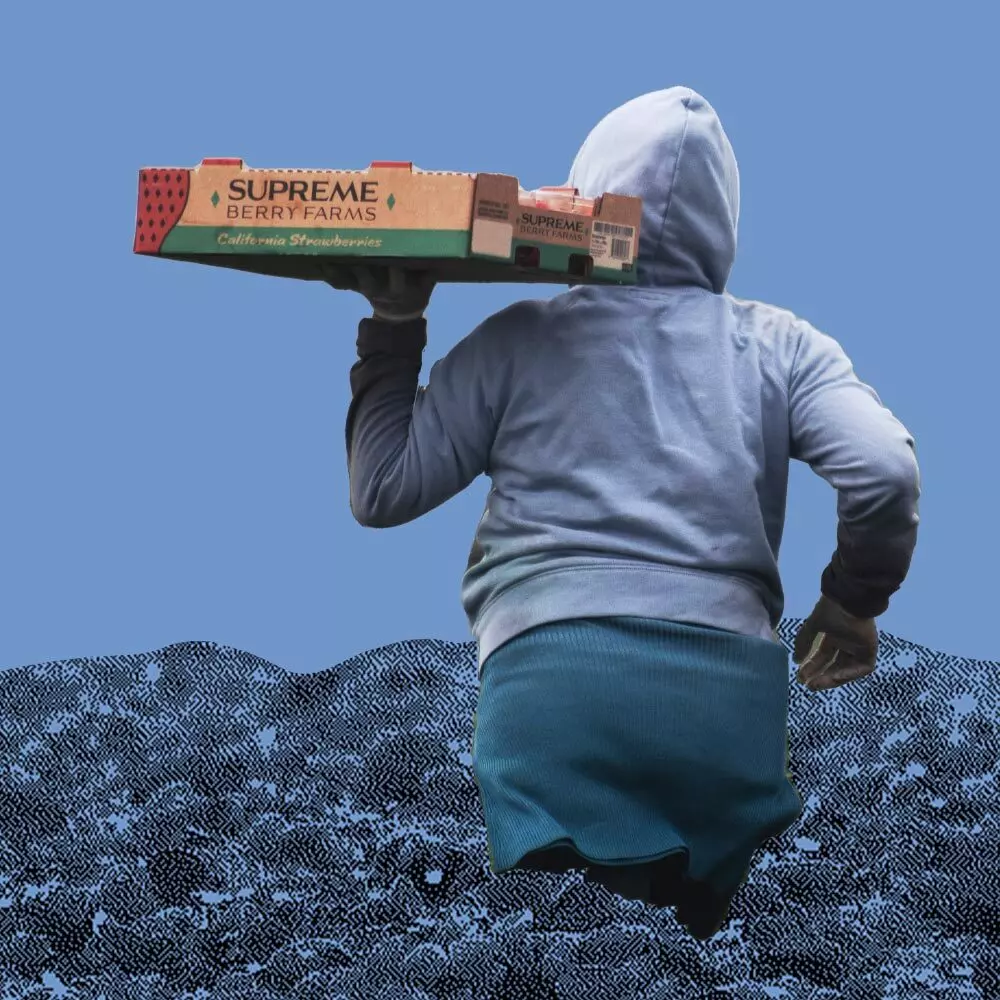
Hero banner custom title
Can we feed the world organically?
4 min
Walk into any market around the world and you’ll likely see a plethora of organic produce. Restaurant menus proudly flag their star organic ingredients and dishes. Even the world’s largest mass market brands have launched organic food lines. But what’s behind the “buy organic” mantra we hear louder and louder? And more importantly, as the climate crisis grows ever more urgent, what is the real environmental price of organic versus non-organic food?
Organic vs. Conventional Farming
While its origins date back to the 1940s, there has been a palpable push towards organic farming in recent years ౼ primarily due to the perceived consequences of industrial farming practices. Columbia University professor Dr. Shahid Naeem characterizes industrial farming as “based on continuous monoculture cropping coupled with the use of synthetic fertilizers, biocides, aggressive tilling and often with mechanization and irrigation to maximize production.”
And maximize, it did. In fact, researchers conducted a meta-analysis of 66 studies to compare the productivity of organic versus non-organic farming. Overall there was no significant difference in crop yield between organic and non-organic fruits, tomatoes, beans or oil seeds; however organically grown wheat, corn and other cereals were 26% less productive and vegetables were as much as 33% less productive than industrial farmed alternatives.
Industrial farming practices, quite simply accelerate the natural growth process and therefore increase food production. But what does that boost in productivity end up costing our planet?
“Environmental costs associated with industrial agriculture include greenhouse gas emissions, contamination of waterways because of excessive use of pesticides and fertilizers, deforestation and biodiversity loss.”
So, how do we choose between earth-friendly yet less productive organic farming and highly-productive yet extremely destructive industrial farming? Perhaps the more pertinent question is not one or the other, but rather how can we implement a combination of sustainable practices to feed the world?
Finding Middle Ground
“I think we can make agricultural systems function more like natural systems and make natural systems fucion more in a way that can serve us,” says Naeem. Farm lands across Europe, for example, often plant hedgerows instead of using fences to mark property lines. These strips of densely planted trees, bushes and various plant life essentially mix in bits of “wild” into otherwise uniform croplands, giving insects and birds a place to live, supporting biodiversity, and reducing the need for water. Another way of integrating nature into agriculture is taking place in vineyards across California. Instead of using chemical rodenticides to eliminate pesky rodents that destroy crops, researchers installed nest boxes to house barn owls. “The owls prey upon excess rodents, which is what they do in nature,” says Naeem. “This is a very organic solution. It is an integrated agriculture approach that takes something that is reflective of nature and inserts it into the agricultural system.”
Naeem also floats another idea, which he says people may not like: “Industrial farming can be sustainable,” he says. “Farmers just need to ensure that their inputs equal their outputs. Don't add fertilizer on top of fertilizer on top of fertilizer and have it get into the water runoff. Today, smart agriculture uses satellite imagery to know exactly where to put fertilizer ౼ adding just what they need to maximize the production.”
Another way to boost productivity without causing harm to the environment is to keep it local. “In Africa, people eat corn ౼ a new world plant that has spread around the world,” he says. “But imagine what could happen if we developed African plants for Africa and used the native flora to produce high yielding types of plants that are well- adapted to that environment.”
An Environmental To Do List
With the global population set to hit 10 billion by 2050, the farming industry can’t afford to switch to less productive methods, but there is a laundry list of ways that industrial farming practices can be improved, while still remaining highly productive. For starters, Naeem suggests focusing on diversified cropping and crop rotation to get nitrogen back into the soil, precision application or avoidance of synthetic inputs, drip irrigation instead of spraying water all over the place and resorting to tiling only when absolutely necessary.
“There are lots of different ways we can go,” he says. “I have incredible optimism about being able to solve these problems ౼ we have the knowledge and capacity to figure out how to get there."






